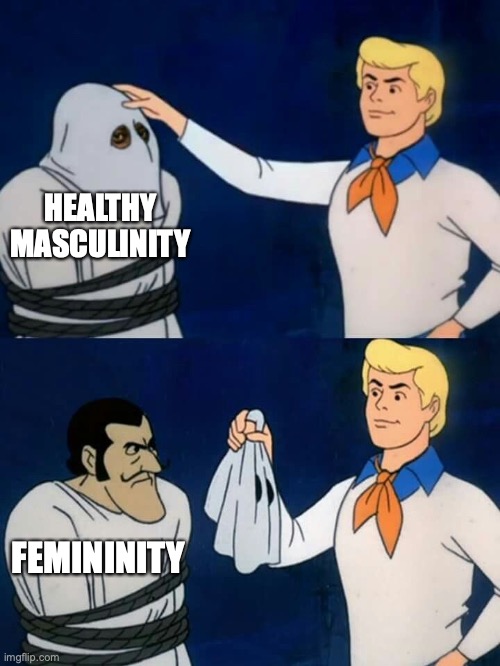- Follow a "nothing ever happens" approach, betting against dramatic predictions since most provocative forecasts don't materialize; people overestimate the likelihood of exciting but unlikely events.
- Rather than relying solely on his own analysis, he built a network of domain experts across different topics and aggregates their insights; his edge comes from having good sources rather than original analysis.
- "For example, when Israel attacked Iran, I know three people with good track records on Middle East issues. I talk to all of them and try to draw the through line. To be frank, I add very little of my own value in my forecasting. I just make out like a bandit by having these people I trust and drawing good averages across them."
- Embrace humility: realizing there's a lot he doesn't know and learning when to bow out.
Marshall McLuhan was a Canadian philosopher and media theorist best known for pioneering the study of media theory and coining the phrase "the medium is the message" to highlight how the form of communication (not just its content) profoundly shapes society.
When we are faced with information overload,' he taught; 'the mind must resort to pattern recognition to achieve understanding' seeking to make sense of chaotic, fragmented information by identifying simple narratives or overarching pattern.It reminded me of the Kafka/Lynch study I reference in Agency Detection and the Confident Pundit where people got better at a pattern recognition game after reading Kafka or watching a David Lynch film, since the content is so bizarre as to appear meaningless.
Nate Silver on when prediction markets are reliable.
There’s not a super simple answer to that question, but here are some factors I’d consider:
- How liquid is the market?
- How sophisticated is the modal trader in having domain knowledge about the subject at hand?
- Whether or not the average trader knows what he’s doing, is there a class of professional traders with the capital to correct any imbalances?
- Is the situation easy to model through statistical techniques?
- Is it a repeated event where traders have the opportunity to refine their estimates through trial and error?
- And is there local knowledge — or even insider knowledge — that might contribute to the wisdom of crowds?
In the New York Times, David Brooks writes:
“The anti-institutionalists have advantages. It’s much easier to degrade and destroy than to preserve and reform.”
This reminds me of a James Lindsay analogy about the seduction of being in a demolition crew. It doesn't take much to tear something down; much harder to build. I have little faith that those who want to tear down institutions can rebuild something better. And now the right has fallen to the same folly as the postliberal left. They have become anti-builders.
In Masculinity and Dignity, I wrote about the 60/40 rule: In any given group, when the gender ratio exceeds 60% women, men start to leave and it becomes harder to recruit new men. However, there is at least one exception: nursing.
The number of male registered nurses has increased from about 140,000 in 2000 to about 400,000 in 2023. This means that about 14% of nurses are now men, up from about 9% roughly two decades ago.But …
About 46% of nurse anesthetists, who administer anesthesia and help patients recover from it, are men. The job currently requires at least a master’s degree, and the average salary is $214,000.… so men might be going into specializations that are below 60% women. This seems to track with Scott Alexander’s finding that although doctors have achieved gender parity, the specialities men and women go into track with gender stereotypes; with men doing systems-based things like surgery and women doing people-based things like pediatricians.
At the other end, only about 10% of certified nursing assistants are men.




